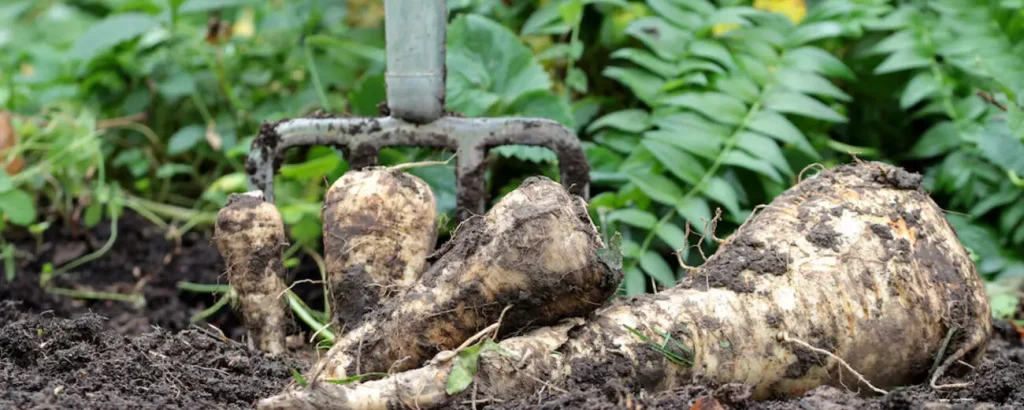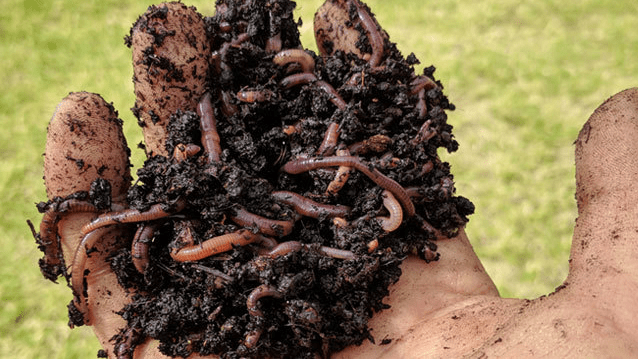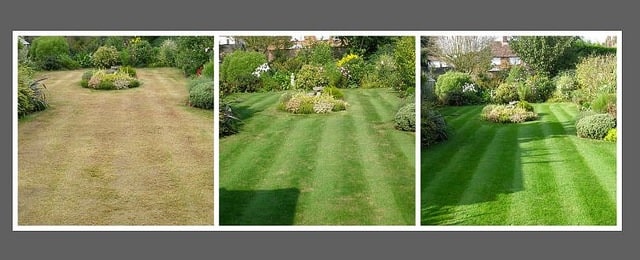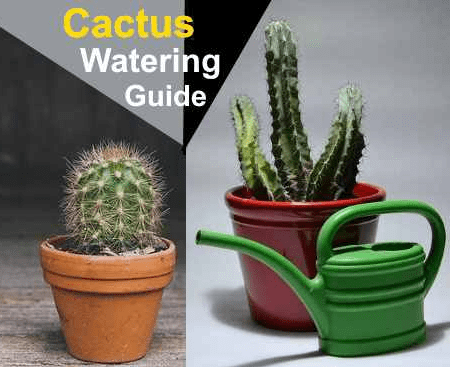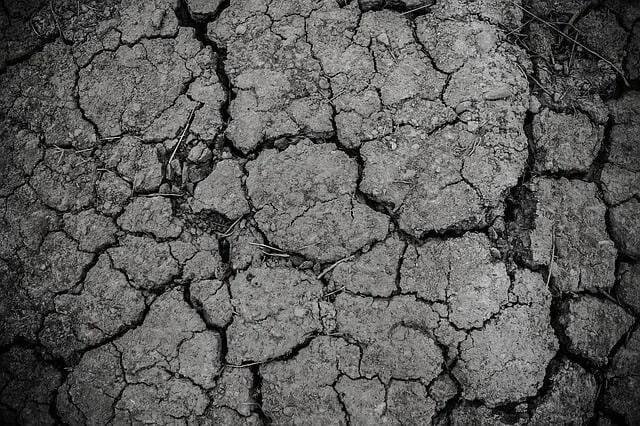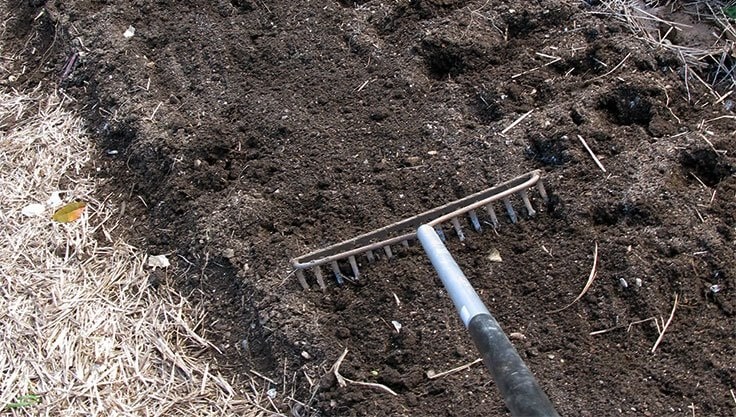Readers ask, gardeninguru answers
Winter-Hardy Parsnips
Question:
“This year, I grew parsnips for the first time. They handled the unpredictable weather much better than our carrots. They don’t split as easily and don’t taste as harsh even if they get a bit dry.
How much frost can the roots tolerate, and when is the latest I should harvest the last rows? Will they turn mushy in winter?”
Answer:
Parsnips can be harvested either in late autumn or in early spring, as soon as the soil is no longer frozen. To harvest, insert a digging fork into the soil from the side and gently lever out the root, being careful not to break it. Afterward, coarse clumps of soil should be brushed or shaken off.
Parsnips Are Popular with Mice
Parsnips are frost-resistant in our climate as long as they are covered by snow. During prolonged frosty periods without snow, it’s advisable to cover the bed with a double layer of garden fleece.
It’s not the low temperatures that harm the roots but mice. They love the aromatic, slightly sweet taste of parsnips. Therefore, it’s important to check the bed regularly and keep an eye out for any signs of nibbling damage.
A Forgotten Wild Plant with History
In the past, parsnips were gathered from the wild. However, good plant knowledge was necessary to avoid confusion with the highly poisonous hemlock, whose white, spindle-shaped roots look similar.
Later, parsnips were cultivated intentionally—until carrots became the trendy new vegetable, taking their place in gardens and largely displacing the so-called “Hammelmöhre” (a traditional name for parsnips).
Early Sowing Yields Higher Harvests
Since parsnips are closely related to celery, parsley, lovage, and carrots, they should not be grown in the same plot simultaneously or consecutively. Instead, good precursor crops for healthy growth are fava beans, peas, or beans.

